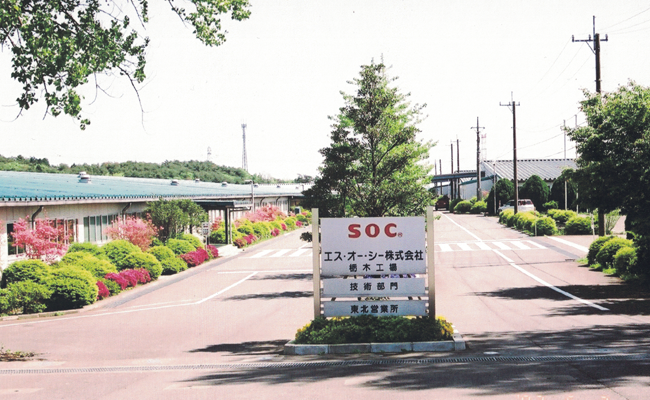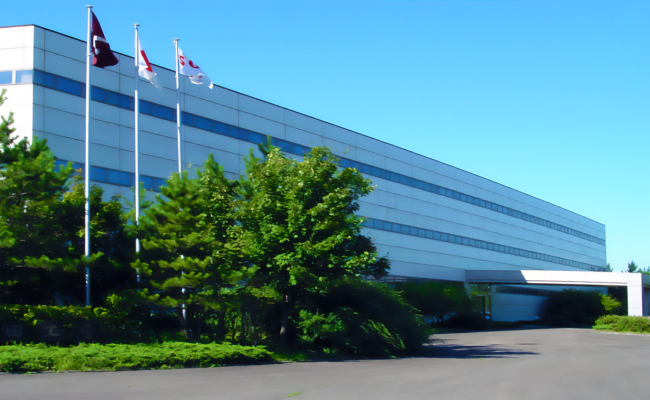SOC Corporation was established in Tokyo on November 27, 1958, as San-O Industrial Corporation. San-O means “Three Kings” in Japanese, and derives from SOC’s founding spirit of placing the utmost value on its customers, shareholders and employees.
At the time of SOC’s founding, fuse-elements were made of either alloys or pure metals. Alloys used included lead (Pb) and tin (Sn); pure metals included zinc (Zn), copper (Cu), and silver (Ag). Whatever they were made of, however, there was only ever one element per fuse.
Televisions in 1962 were in the midst of the transition from black and white to color sets. At that time, color televisions often had spare fuses attached to the rear of the set since their fuses tended to blow with great frequency.
The engineers of the time understood that television fuses frequently blew because of the large transitional current which flowed for several milliseconds when televisions were switched on and which charged the capacitor circuit. This current could reach a maximum surge waveform of 60 A, which could not be handled by the single straight-wire element fuses of the time. SOC invented a wound fuse-element which would not blow for surge currents, but would for currents which could be potentially dangerous. Starting with the color television, this invention ushered in an age for all electronic equipment wherein spare fuses were no longer necessary.
When appliances which require a large starting torque for their motor circuits (such as refrigerators, air conditioners and washing machines) are switched on, a trapezoidal-shaped waveform with a large current flows through them. Up until 1975, the fuses which were used to deal with these large currents employed elements made of metals with low melting points, and took advantage of the mechanical function of springs. As a result, the fusing performances of these fuses varied widely. By winding the element around a ceramic core, SOC invented a new type of element, and with this invention began manufacturing time-delay fuses with extremely stable fusing performances.
Following the establishment of its first overseas subsidiary in New York, USA, in 1975, SOC opened the Tochigi Factory in Nasu, Tochigi Prefecture, Japan, in 1978.
SOC established sales offices in the Netherlands and Singapore in 1990, and began production at its newly opened factory in Akita Prefecture, Japan, in 1991.
SOC is currently collaborating with automobile companies for the development of fuses to protect their next generation circuits. SOC is committed to delivering fuses with the world’s greatest capabilities and highest quality.





